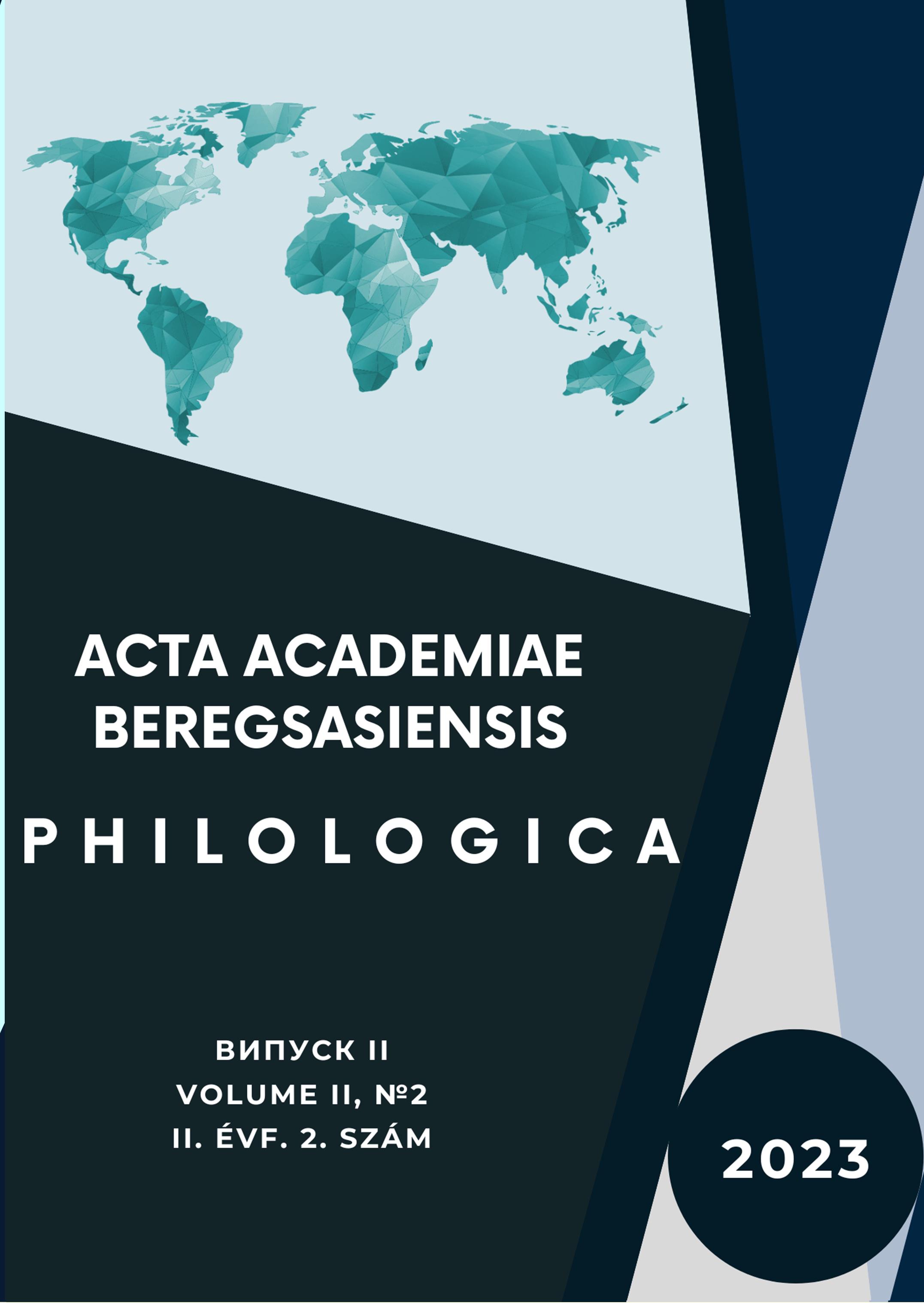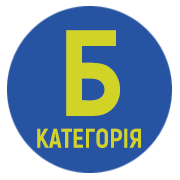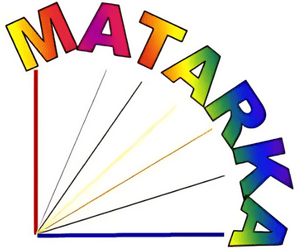Changes in the language knowledge of the Hungarian youth in the Carpathian Basin from the turn of the millennium to the present
DOI:
https://doi.org/10.58423/2786-6726/2023-2-63-80Keywords:
Hungarian youth, youth research, zero language knowledge, multilingualism, foreign language knowledge, state language knowledgeAbstract
The study analyzes three large-sample youth survey databases on the language skills of young Hungarians (aged 15–29) in the Carpathian Basin, and especially on their changes. Based on the answers of about 28 000 respondents, I am looking for answers to three main research questions: what is the proportion of Hungarian young people who speak only their mother tongue, what is their level of proficiency in the official language of the country in which they live, and at what level, which foreign languages have they acquired? In terms of the results, one in five young people in Hungary will still not speak a language other than their mother tongue in 2020, while in Transcarpathia the proportion is 12% and in the other regions of the former Yugoslavia it is below 5%. Over the years, there has been a significant positive change in favor of multilingualism. It has also been found that the majority of young people from abroad speak the national language of the country where they live better than the basic level. Transylvania and Slovakia are the countries where they speak the language the best, followed by Vojvodina, and then Transcarpathia. The majority of young people in Hungary know one or two foreign languages, while among young people from abroad, knowledge of three foreign languages is average, but knowledge of four or more is not uncommon. Most young people speak English, a language that has seen an expansion in the past twenty years.
References
Beregszászi Anikó, 2004. Idegennyelv-oktatásunk gondjairól és feladatairól szociolingvisztikai nézőpontból. In: Huszti Ilona szerk. Idegennyelv-oktatás kisebbségi környezetben. Ungvár: PoliPrint – Kárpátaljai Magyar Tanárképző Főiskola, 10–20.
Csernicskó István, 2009. Tények, adatok a kárpátaljai magyarok nyelvtudásáról. Együtt 2009/3. szám, 70–77.
Ferenc Viktória, 2010. Kisebbségi magyar felsőoktatás a Kárpát-medencében: problémák tervezéshez. Regio 2010/3, szám, 59-89.
Kontra Miklós, 2005. Tannyelv, (felső)oktatás, nyelvpolitika. In: Kontra Miklós (szerk.): Sült galamb? Magyar egyetemi tannyelvpolitika. Somorja–Dunaszerdahely: Fórum Kisebbségkutató Intézet – Lilium Aurum Könyvkiadó. 17–39.
Papp Z. Attila – Veres Valér szerk., 2007. Kárpát Panel 2007. A Kárpát-medencei magyarok társadalmi helyzete és perspektívái. Budapest: MTA Kisebbségkutató Intézet.
URL1: A magyar nyelv értelmező szótára. https://www.arcanum.com/hu/online-kiadvanyok/Lexikonok-a-magyar-nyelv-ertelmezo-szotara-1BE8B/ (letöltés ideje: 2022. május. 20.)
URL2: Közös Európai Referenciakeret. https://www.coe.int/en/web/common-european-framework-reference-languages (letöltés ideje: 2022. május. 20.)
URL3: Eurostat adatbázis. Number of foreign languages known (self-reported) by age. https://ec.europa.eu/eurostat/¬databrowser/¬view/EDAT_AES_L22/¬defa-ult/table?lang=en&category=educ.educ_lang.educ_lang_00.edat_aes_l2 (letöltés ideje: 2022. május. 20.)
References
Beregszászi Anikó, 2004. Idegennyelv-oktatásunk gondjairól és feladatairól szociolingvisztikai nézőpontból.[ On the problems and challenges of foreign language teaching from a sociolinguistic perspective] In: Huszti Ilona szerk. Idegennyelv-oktatás kisebbségi környezetben [Foreign language teaching in a minority context]. Ungvár: PoliPrint – Kárpátaljai Magyar Tanárképző Főiskola, 10–20. (In Hungarian).
Csernicskó István, 2009. Tények, adatok a kárpátaljai magyarok nyelvtudásáról [Facts and figures on the language skills of Hungarians in Transcarpathia] Együtt 2009/3. szám, 70–77. (In Hungarian).
Ferenc Viktória, 2010. Kisebbségi magyar felsőoktatás a Kárpát-medencében: problémák tervezéshez [Minority Hungarian higher education in the Carpathian Basin: problems for planning]. Regio 2010/3, szám, 59-89. (In Hungarian).
Kontra Miklós, 2005. Tannyelv, (felső)oktatás, nyelvpolitika [Language, (higher) education, language policy] In: Kontra Miklós (szerk.): Sült galamb? Magyar egyetemi tannyelvpolitika. [Roast pigeon? Hungarian university language policy] Somorja–Dunaszerdahely: Fórum Kisebbségkutató Intézet – Lilium Aurum Könyvkiadó. 17–39. (In Hungarian).
Papp Z. Attila – Veres Valér szerk., 2007. Kárpát Panel 2007. A Kárpát-medencei magyarok társadalmi helyzete és perspektívái. [The social situation and perspectives of Hungarians in the Carpathian Basin] Budapest: MTA Kisebbségkutató Intézet. (In Hungarian).
URL1: A magyar nyelv értelmező szótára. https://www.arcanum.com/hu/online-kiadvanyok/Lexikonok-a-magyar-nyelv-ertelmezo-szotara-1BE8B/ (letöltés ideje: 2022. május. 20.) (In Hungarian).
URL2: Közös Európai Referenciakeret. https://www.coe.int/en/web/common-european-framework-reference-languages (letöltés ideje: 2022. május. 20.) (In Hungarian).
URL3: Eurostat adatbázis. Number of foreign languages known (self-reported) by age. https://ec.europa.eu/eurostat/¬databrowser/¬view/EDAT_AES_L22/¬defa-ult/table?lang=en&category=educ.educ_lang.educ_lang_00.edat_aes_l2 (letöltés ideje: 2022. május. 20.) (In English).
Downloads
Published
Issue
Section
License
© 2025 Author(s). This is an open-access article distributed under the terms of the Creative Commons Attribution 4.0 International License (CC BY 4.0).
Authors retain copyright and grant the journal the right of first publication. The work is simultaneously licensed under a Creative Commons Attribution 4.0 International License (CC BY 4.0), which permits others to share the work with appropriate credit given to the author(s) and the initial publication in this journal.













